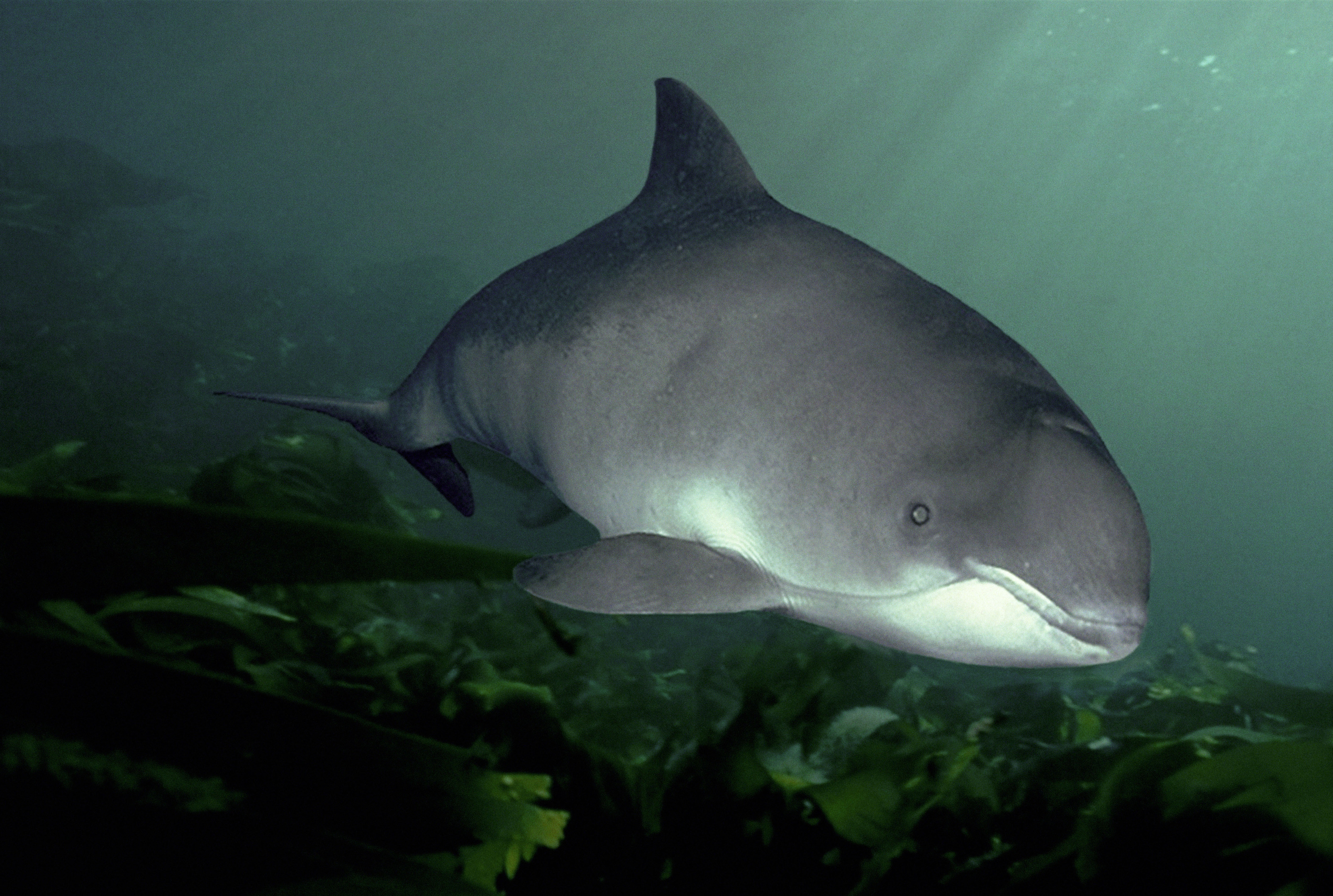Starvation has become one of the leading causes of death in porpoises in Scottish waters.
Marine biologists at the UK Cetacean Strandings Investigation Programme (CSIP) have claimed that over the last 25 years an “increasing number” of harbour porpoises are being found starved on beaches.
One biologist at the programme, Paul Jepson, said: “In the 1990s starvation was a rare cause of death in stranded harbour porpoises, but in the past decade or so starvation has become one of the leading causes of death in these animals.”
The rise in harbour porpoise starvation began in the early 2000s but between 2003 and 2014 – the most recent period for which data is available – the rate leapt from around 4 to 16 per cent.
Researchers do not yet know what the cause might be.
Mr Jepson said the two most likely explanations are a shortage of small fish – their main prey – or a rising porpoise population.
Both could increase competition for food and potentially increase starvation.
The number of harbour porpoises in the UK is not well established, so it is not yet possible to tell whether overpopulation is responsible.
Mark Tasker, head of marine advice at the Joint Nature Conservation Committee, said human actions could also be playing a role.
He said the rise in responsible fishing practices in recent years may have increased the numbers of larger fish in UK waters.
He said these fish feed on the same smaller fish as harbour porpoises, so paradoxically, better fishing practices could inadvertently be choking off the cetaceans’ food supply.
